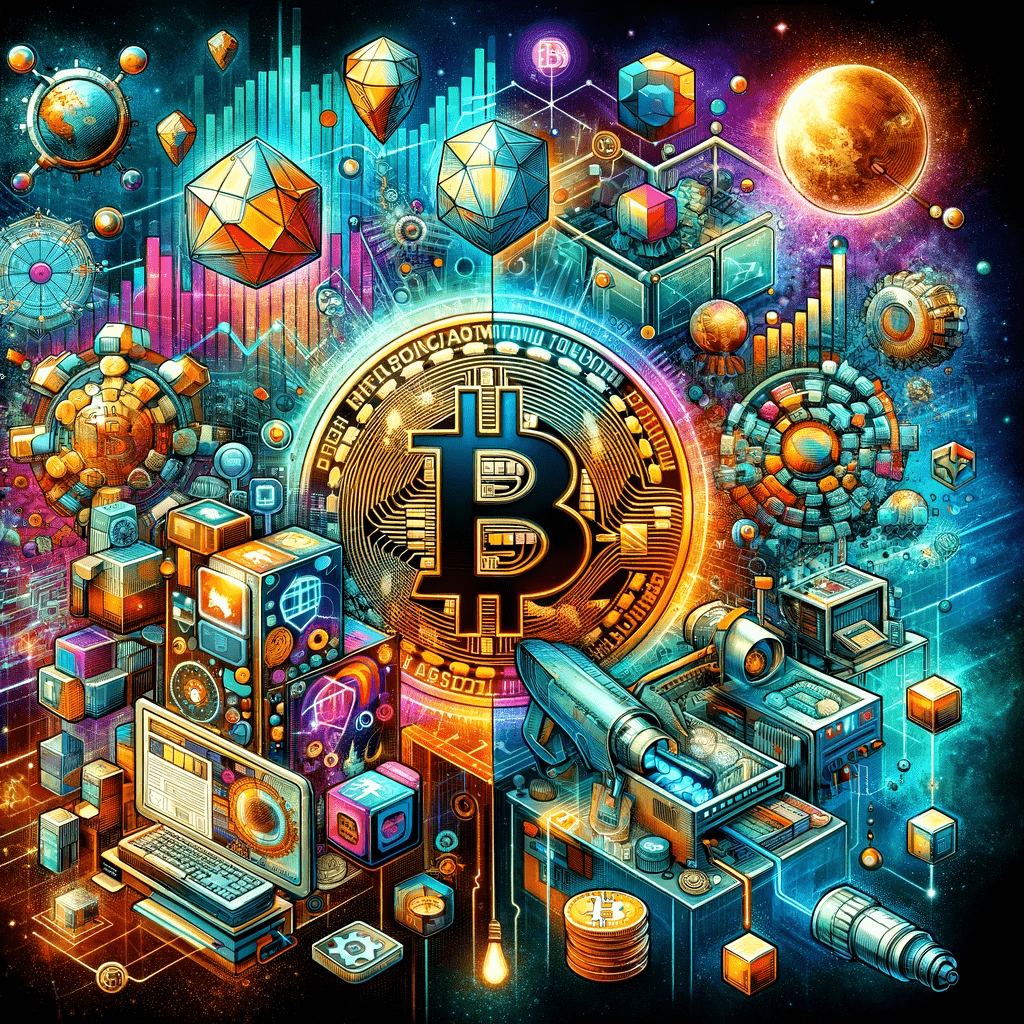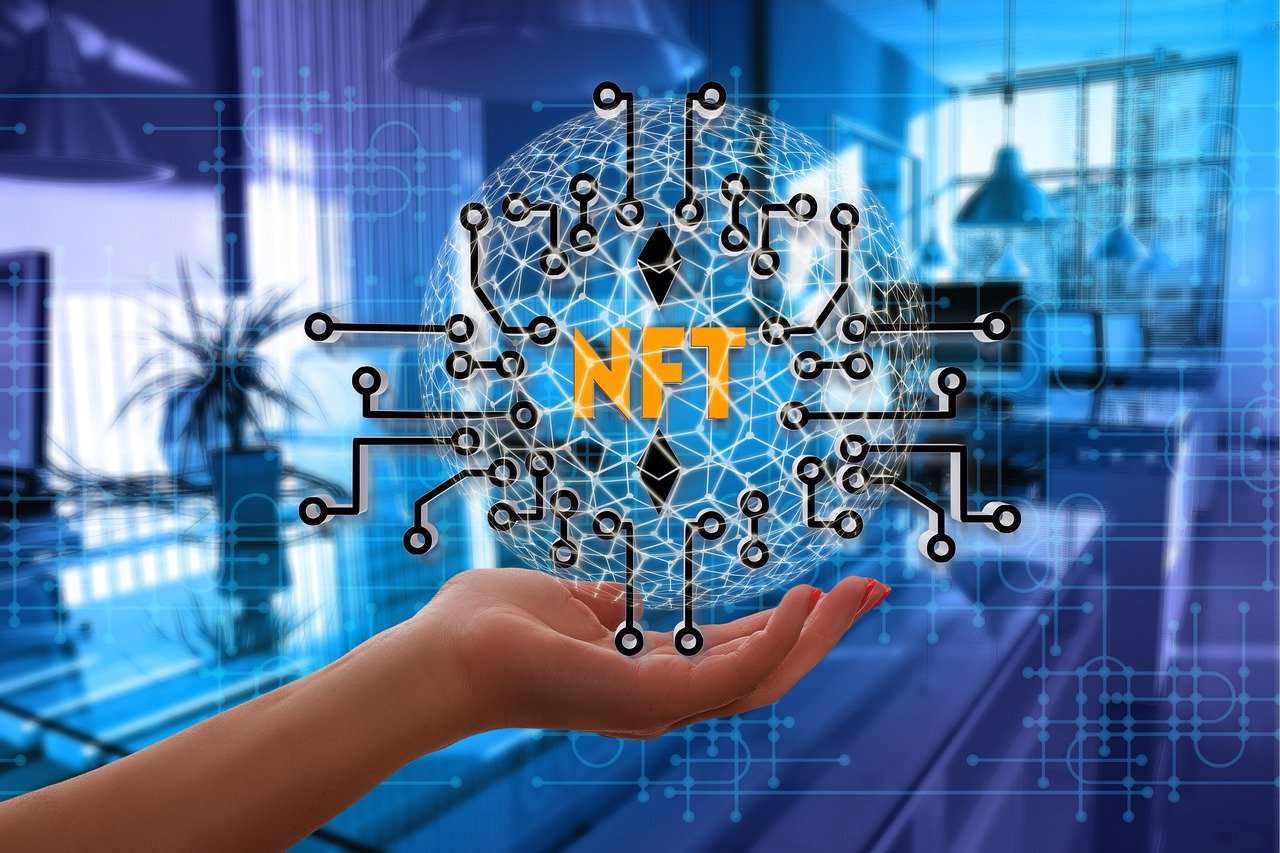
The world of art has long been dominated by physical pieces, but in recent years, a new type of art ownership has emerged: NFTs, or non-fungible tokens. NFTs are unique digital assets that are stored on a blockchain, making them verifiable and impossible to replicate. While NFTs have been around for a few years, they have recently gained significant attention in the art world, and their rise is changing the way art is bought and sold.
The NFT market exploded in early 2021, with sales totaling over $2 billion in the first quarter alone. This growth has been driven by the unique features of NFTs, including their ability to provide proof of ownership, their scarcity, and their ability to be easily traded on blockchain marketplaces. For artists, NFTs offer a new way to monetize their digital creations, which were previously difficult to sell as one-of-a-kind pieces.
The art world has taken notice of this trend, with many high-profile artists embracing NFTs. One example is the digital artist Beeple, who made headlines in March 2021 when his NFT artwork sold for a record-breaking $69 million at Christie’s auction house. Other artists, such as Trevor Jones and Mad Dog Jones, have also seen significant success in selling NFTs of their digital art.
NFTs have also opened up new opportunities for collectors, who can now easily and securely buy and sell unique digital pieces on blockchain marketplaces. This has created a new type of collector, one who is interested in owning unique digital art pieces and has the ability to pay high prices for them.
However, the rise of NFTs in the art world has also raised questions about their impact on the environment, as the energy consumption required to mint and trade NFTs is significant. Additionally, some have criticized NFTs as a speculative bubble, with some investors buying and selling NFTs purely for their potential resale value.
Despite these criticisms, NFTs have undoubtedly made a significant impact on the art world, and their rise shows no signs of slowing down. As more artists and collectors embrace this new form of ownership, it will be fascinating to see how the art world evolves and adapts to this new technology.






Leave a Reply